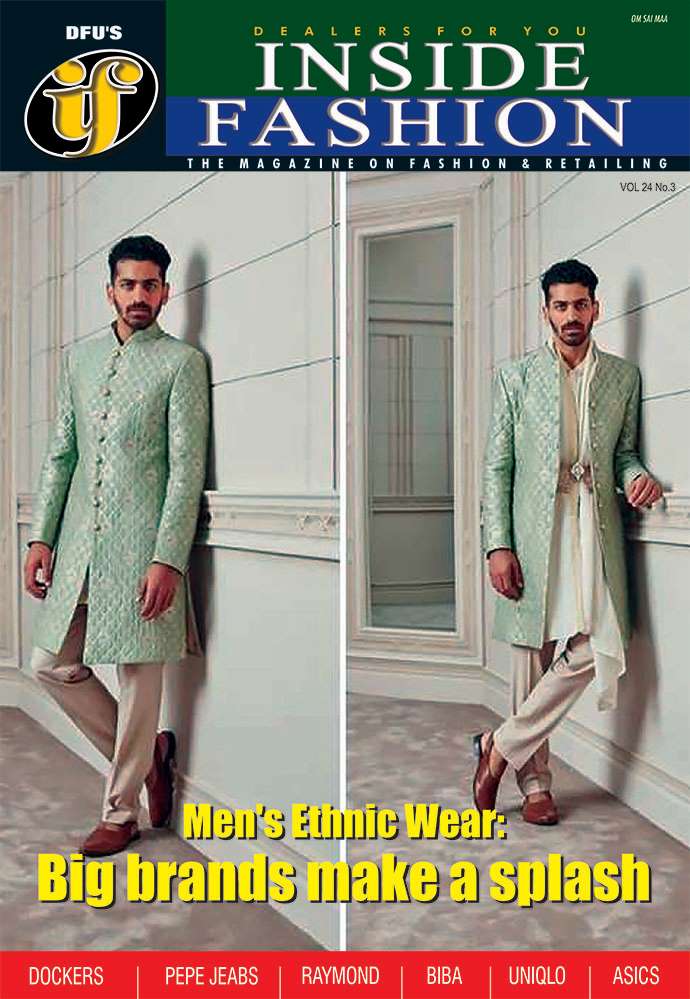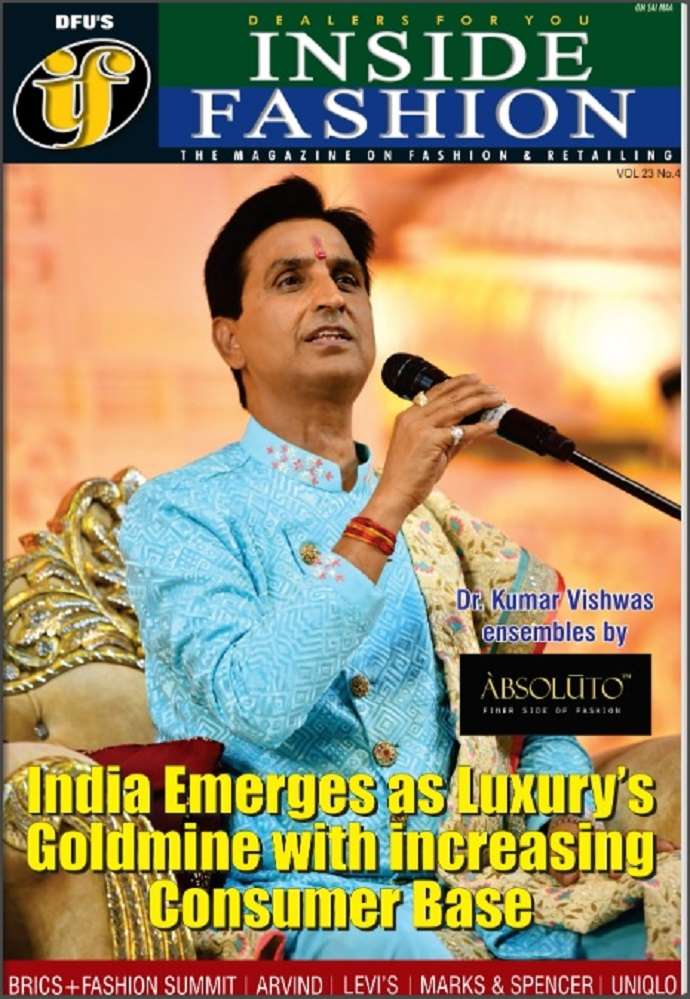20 August 2025, Mumbai
Shopping India is no longer just a transaction; it’s becoming a curated journey, tailored down to the very last click, swipe, or step inside a store. Artificial intelligence, once a quiet backstage player, is now centre stage, transforming fashion retail from a one-size-fits-all approach to a deeply personal, almost clairvoyant experience.
Globally, AI in fashion was worth just $0.65 billion in 2022, but its rise is unmistakable. India, in particular, is on the brink of an AI-led fashion boom, with the market expected to grow $216.26 million in 2023 to nearly $2.97 billion by 2032. This is due to a shift in the way fashion brands see their customers and the way customers see themselves.
When AI becomes your stylist
Today’s shoppers have more choice than ever. But paradoxically, too much choice can paralyse. The modern consumer doesn’t just want variety; they want relevance. And that’s where AI-driven hyper-personalization is proving transformative. Fashion platforms now analyze enormous datasets—from browsing patterns and purchase histories to the colours in your Instagram feed to serve up recommendations so spot-on, they feel handpicked by a personal stylist.
Virtual try-ons and AR fitting rooms are fast becoming standard. Using a smartphone camera, customers can see exactly how a sari drapes or how a jacket fits without stepping into a store. This isn’t just a tech gimmick; it’s solving one of e-commerce’s thorniest problems: high return rates.
AI’s reach extends beyond the checkout page. Generative AI is now a creative collaborator for designers, capable of predicting trends, creating new patterns, and even suggesting colour palettes based on global style movements. For brands, this means stocking what customers will want tomorrow, not what they wanted last season.
The omnichannel imperative, online meets offline
If hyper-personalization is the soul of modern retail, omnichannel strategy is its body. Today’s shopper expects their journey to move effortlessly between an app, a website, and a brick-and-mortar store without losing context. The challenge for brands is ensuring that every channel speaks the same language, backed by unified data and inventory.
Reliance Retail has mastered this playbook. With a portfolio spanning Ajio, Trends, and Azorte, and over 18,650 stores its AI-driven systems don’t just track what’s selling; they predict what will sell in each micro-market. The result: hyper-local delivery and a supply chain that seems to self-optimize. Myntra, meanwhile, has made personalization an interactive game. Features like MyFashionGPT let users search by natural language, “Show me cocktail dresses for a monsoon wedding” while My Stylist offers AI-curated looks tailored to the user’s taste and wardrobe.
And then there’s the checkout moment, often overlooked but critical. Fintech player Razorpay is redefining this step with unified payment experiences, ensuring that whether a customer taps, scans, or clicks, their identity and preferences remain consistent.
The growth curve
The speed of AI adoption in India’s fashion retail can be summed up in one chart.
Table: AI adoption in fashion retail
|
Year |
Market size (in $ mn) |
|
2023 |
216.26 |
|
2024 |
300.55 |
|
2025 |
420.7 |
|
2026 |
590.1 |
|
2027 |
829.4 |
|
2028 |
1,165.70 |
|
2029 |
1,637.50 |
|
2030 |
2,298.80 |
|
2031 |
2,624.50 |
|
2032 |
2,970.00 |
Source: Credence Research
With the Indian retail sector projected to touch $1.4 trillion by 2024, AI isn’t just an add-on, it’s the competitive edge. The brands that master personalization and omnichannel execution will not just participate in this growth; they’ll dominate it.
The future is fitted to you
We’re moving towards a retail reality where your shopping journey will feel as if the store whether digital or physical has been rebuilt just for you. The jacket you browse on your phone will be waiting in your size when you walk into the store. The dress you try on virtually will arrive at your doorstep within hours. And when you pay, the process will be so seamless, you’ll barely notice it happened. In this new era, the winners will be those who don’t just sell clothes but orchestrate experiences where AI doesn’t replace the human touch but amplifies it, making every purchase feel like it was always meant for you.

























